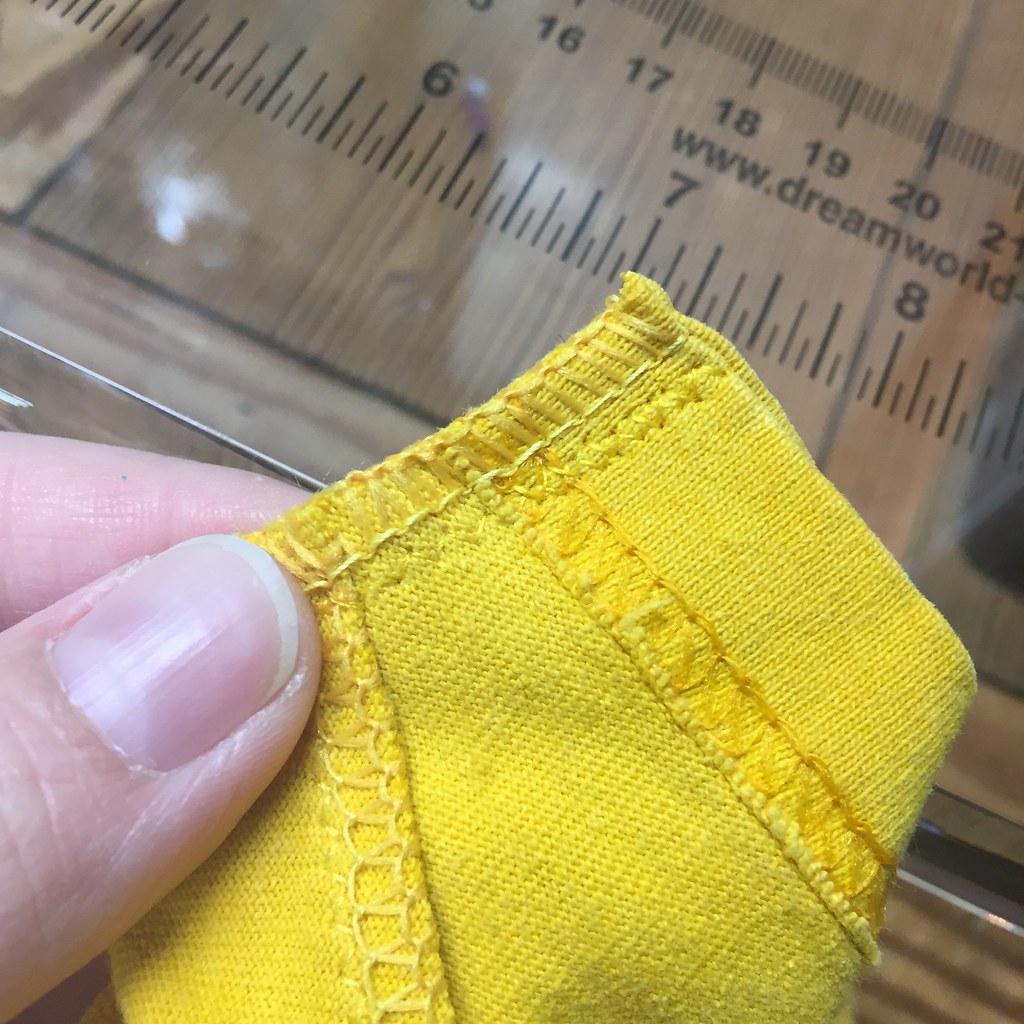
Recycling and Upcycling of Textile Waste
Approximately 60 per cent of this waste is reutilised through recycling, lasting 41 per cent and 17 per cent ends up in a landfill
Recycling and upcycling of textile-generated waste is useful for minimising the environmental impact. Usually textile waste is diverting only in landfills operations, nowadays industry finds novel ways to recycle them. The new methodology of recycling and upcycling can help textile industries for energy optimisation, and minimising pollution. Upcycling is a smarter way of offering an ingenious solution to convert discarded textiles waste into new and distinctive value added products. This sustainable practice in the textile industry will highly be useful for circular economy of the country and responsible for a sustainable solution for making the ecological balance of mother earth.
Waste of textile industry including recycling of polyester bottles converted into value added textile products. These will help to maintain the ecological balance of the earth and creates awareness among the people about recycled product and their utility. Upcycling is a new concept adopted by the textile industry where the used clothes is converted into stylish product. Now a day textile manufacturing and fashion industry are the major contributors to India’s economy where it shares 2 per cent of total gross domestic product , 12 per cent of total exports, 7 per cent of industry output and providing employment over 45 million people. India is the largest producer of cotton, jute and silk. Further, India has been developing a processing units and skilled operators for the employment in spinning, weaving, processing, recycling plant and garment industry to compete with the global textile brands.
When we talk about the textile waste, it was reported approximately 8000 kilo tonne, which is 8.5 per cent of global textile waste, is generated in India per year. Whereas approximately 60 per cent of this waste is reutilised through recycling, lasting 41 per cent and 17 per cent ends up in a landfill. Thereafter, 34 per cent of the total textile waste is upcycled and converted into new products, whereas 25 per cent gets recycled to get value added yarn used for fascinating products. India is a major player globally in terms of mechanical recycling.
Upcycling of textile waste
Upcycling, also called as artistic reprocess, is the method in which the waste textile material and surplus products are turned into value added materials or products with superior quality, and environment friendly.
Any companies save costs through upcycling by repurposing old stock materials that would otherwise be discarded.
In garment, manufacturing not only reduces waste, but also promotes sustainability in the fashion industry. By utilising fabric, old stock garments/fabrics to turn them into new garments, we can minimise the environmental impact and contribute to a more circular economy. Today, many companies save costs through upcycling by repurposing old stock materials that would otherwise be discarded. Assimilating upcycling into conventional garment manufacturing processes has the potential to transform the clothing which is produced and consumed, making it more eco-friendly and economically viable.
Table 1: Consumed textile can be upcycled in different ways:
| Post textile waste | Upcycled product |
| T- Shirts | Tote bags |
| Jeans | Stylish jackets |
| Woollen sweater | Fibres |
| PET bottles | Fibres/filament |
| PET fabric/Jute fabric | Hand bags |
Many renowned textile brands are utilising waste for manufacturing new clothes. For example, Zero Waste Daniel is a brand that uses scrap fabrics and textile waste to create dresses, sweatshirts, t-shirts, joggers, and bags.
About the author:
Prof Ranjit Turukmane & Dr VS Shivankar, SVKM’S NMIMS, MPSTME, CENTRE FOR TEXTILE FUNCTIONS, SHIRPUR




